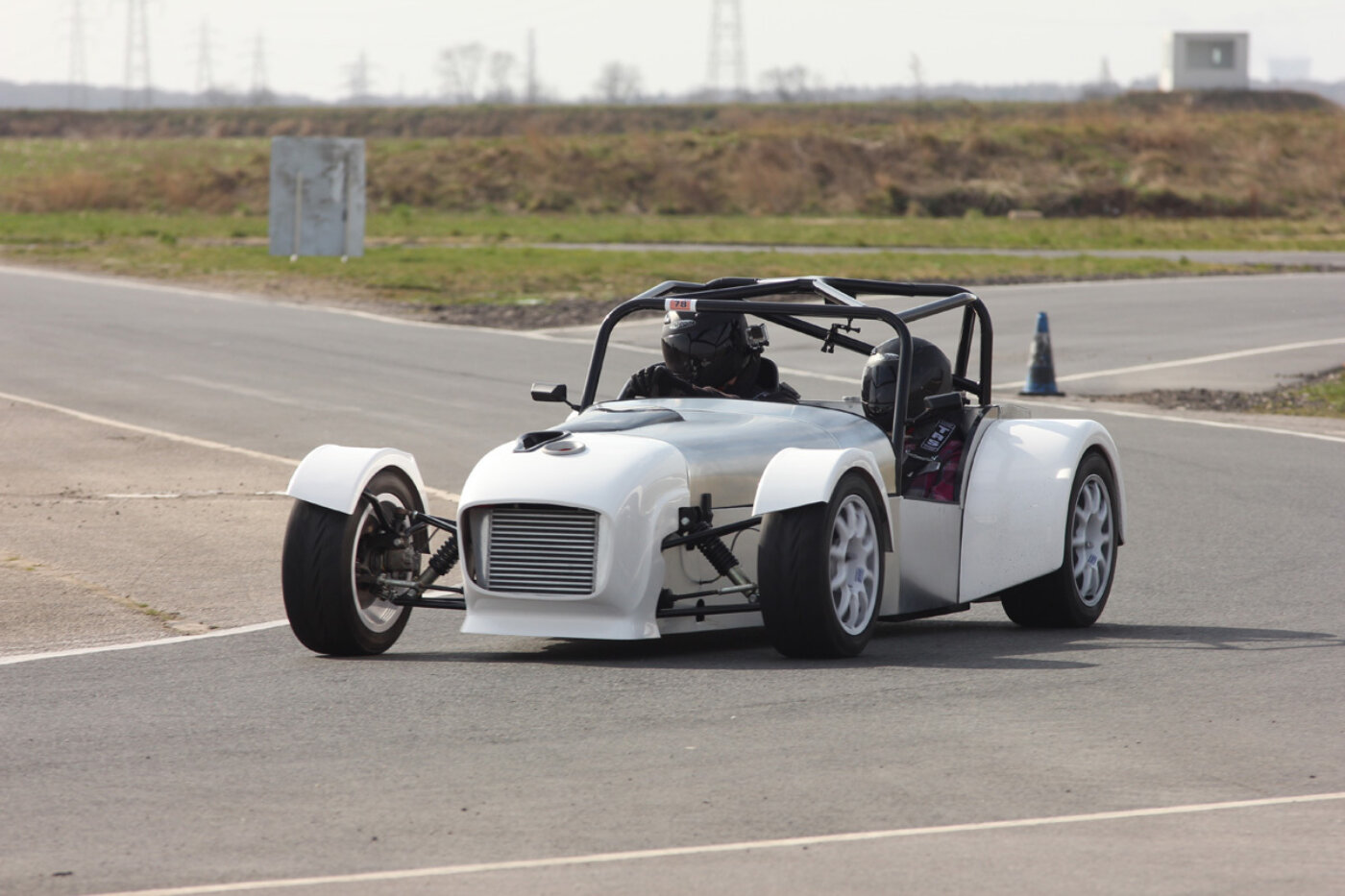
Super-Light GBS Zero
Text and photos by Rob Hawkins
Putting on a power adder doesn’t have to be a long-term project, and the benefits can be almost immediate. Just ask Sam Evans about his GBS Zero track car.
“It only took me one and a half hours to bolt into place,” he notes, referring to the ease of fitting a supercharger kit onto its standard Honda S2000 iVTEC engine. “It took longer to get the oil to bleed through on the supercharger.”
Sam has yet more surprises when he straps me securely into the passenger seat and takes me for what appears at first to be a leisurely drive around a track day at Blyton Park race circuit in North Lincolnshire (located on the east-central coast of the U.K.).
Since supercharging provides power throughout the rev range, resulting in bags of torque for the high-revving iVTEC twin cam, Sam manages at times to complete a warm-up lap in Sixth gear most of the time. Then it’s time to start stretching the engine’s legs. But more through mechanical instinct than feedback from gauges. With only a shift light and a bank of warning lights for coolant, oil pressure and alternator failure, there’s very little to watch on the dashboard and very little in the way of information on rpm or speed.
The acceleration is nothing short of exhilarating. Sam has so much confidence when he floors the throttle, provoking the rear wheels when exiting a corner and stomping on the right pedal as he unwinds the steering.
Heading into a curve, the braking is sharp and reassuring, running Ford Sierra hubs and uprights are at all four corners, fitted with Mondeo ST24 discs and calipers at the front, and Sierra front vented discs and calipers at the rear. All told, Sam clearly has the confidence to push his Zero as hard as possible up to a corner before scrubbing off some speed.
When rolling back on the power, though, at times he does complain of wheel spin, which is a disappointment for him as he’s fitted a Cosworth limited-slip differential. However, he’s recently visited Bara Motorsport who pumped up his limited slip diff.
This entails process stripping and rebuilding the viscous LSD with news seals and O-rings, but also increasing the viscosity of the oil inside and fitting as many friction plates as possible. According to Bara, it can fit as many as 50 plates inside a LSD! The resulting pressure increase means the diff can now withstand 180Nm of torque, whereas before it would give in at around 60Nm when setting off.
“By far it’s been the single best modification I’ve done,” Sam notes, spending a fraction of what a better LSD might cost.
As we complete several laps around Blyton, it becomes clear to me that Sam has become accustomed to a whole new level of performance and acceleration. He’s relaxed at the steering wheel and smooth through the corners with no nasty surprises. As a result, I also start to become used to how fast we can travel around this track. The acceleration from the iVTEC is fierce, but it isn’t neck snapping or harsh, just constant throughout the rev range.
Journalists often describe this level of performance and extreme power-to-weight ratio (around 400 horses in a car that weighs only two-thirds of a ton) as having a warp-factor feeling. Instead of a wild slingshot of speed, though, a competent suspension setup often results in refined and controlled acceleration. Is this the case with the Zero? Indeed, with double wishbones and coilovers at all four corners and precise adjustments for camber, caster and wheel alignment.
Learning from experience, this is the second Zero that Sam has built, and the reason he opted for a Honda iVTEC engine was from the first build. In November 2011, he started by building road-legal Zero powered by a Ford Zetec engine. Within a few months, he was heading to the IVA and leaving with a pass.
That first Zetec-powered Zero took part in a summer of trackdays in 2012, but Sam was on a quest for more performance. After spending more than $4500 on engine modifications to result in a power output of 205bhp, Sam questioned why he had bothered after realizing that he could buy a Honda S2000 engine and gearbox for around $3800, which has 240bhp as standard.
The six months Sam spent with his Zetec engine Zero hadn’t been a waste of time, but he decided to sell it, so it was posted for sale for nearly $21,000. Within an hour, someone from France had called, flew in a few days later and bought it. Such luck doesn’t always happen, but Sam admits his Zero had cost him roughly the same amount of money (excluding labor) and the car is now competing in France.
Armed with cash that was only going to burn a hole in his wallet, Sam returned to GBS and ordered another kit. This time he was going down the Honda route, but opted for the Sierra donor chassis so he could fit a stronger Sierra diff. The alternative is a Mazda MX-5 base, which results in lighter hubs and uprights, but at the cost of the diff, which appears to be more expensive to source for a high-performance engine.
After collecting the chassis in December 2012, Sam and his dad, John, got stuck in and were at their first track day in April the following year. The Zero spent the summer in naturally aspirated mode attending various track days. The performance from the standard 240bhp iVTEC was noticeably better than the modified Zetec that had powered the previous Zero. “It was probably enough,” Sam admits, “but we like spending as much time working on the car as driving it.”
Over the winter of 2013 and into 2014, Sam’s Zero returned to his garage and he spent $5500 on a Rotrex supercharger conversion from DTS Performance in the States. After paying for it, the kit finally arrived two and half months later and he promptly bolted it on. The supercharger is fitted to the front of the engine and driven by its own belt via a new pulley on the end of the crankshaft that’s secured with a longer bolt than standard.
Sam decided to mount a K&N Vortex closed-air induction box straight onto the supercharger’s intake, with a short piece of upswept silicone hose leading to a hole in the nose cone. The compressed air generated by the supercharger is fed into a front-mounted intercooler, then around and into the Honda’s standard plenum. Additional supercharger ancillaries include an oil-fed cooler to reduce the blower’s temperature, a Bailey Motorsport dump valve (aka blow-off valve) and a manually controlled wastegate limited to 11psi of boost.
To keep pace with the increase in induction, the injectors have been uprated to 750cc. The cooling system is equally capable with a five-row, copper-core radiator, along with an oil cooler for the differential, which is equipped with its own electric pump that’s triggered by a thermostatic switch.
So was the supercharger conversion worth the effort and expense? Sam seems to think so and a recent trip to the dyno at Emerald Cams resulted in 411bhp at 9000rpm. Even so, allowing for a margin of extra durability, Sam restrict the engines to a maximum of 8000rpm, which still produces a a healthy 375bhp! Especially in a car that weighs less than 1300 pounds.
With this much power on tap, surely Sam has reached the limit? Not a chance. He’s already bought a scrap engine and will be collecting a 2.5-liter stroker kit with 90mm pistons soon. Once you’ve experienced a zero-gravity state, it’s tough to come back to earth.

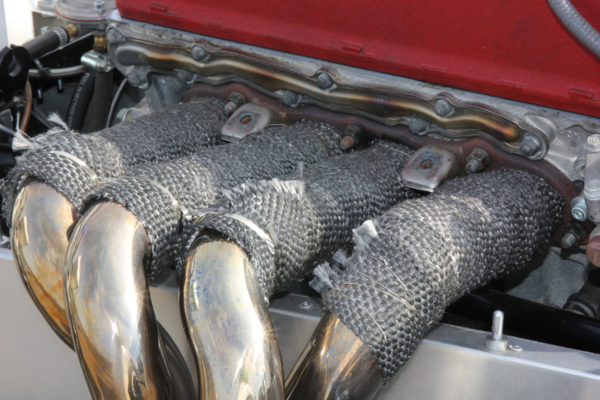
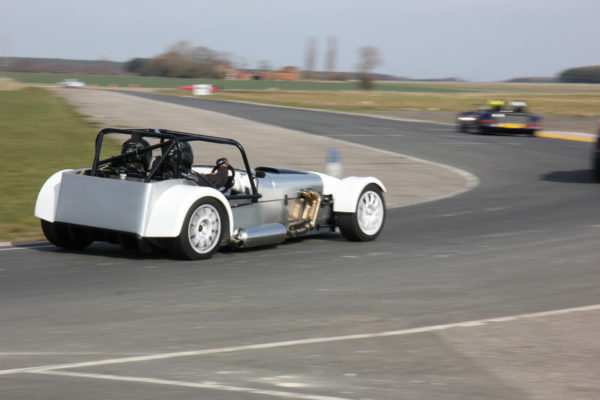
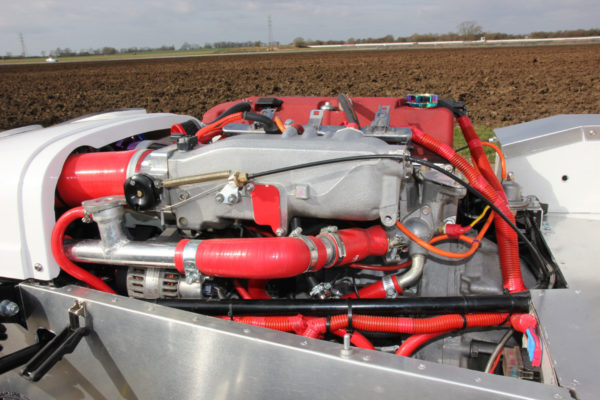

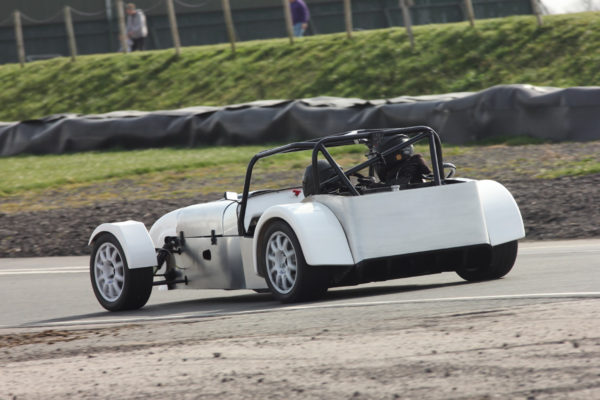
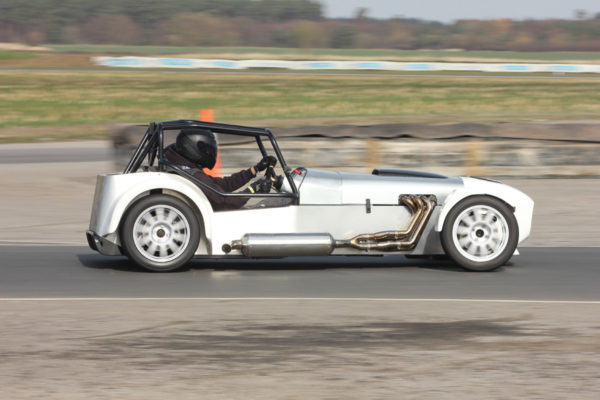
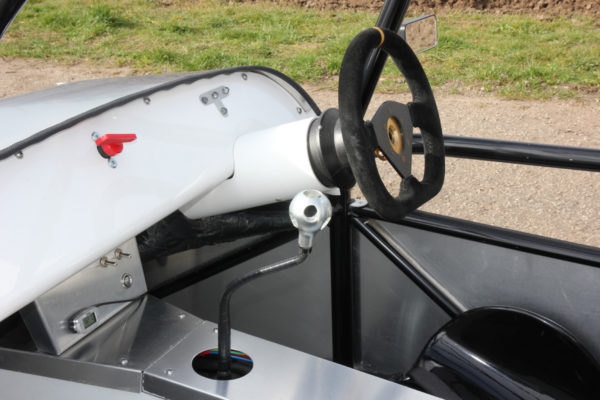
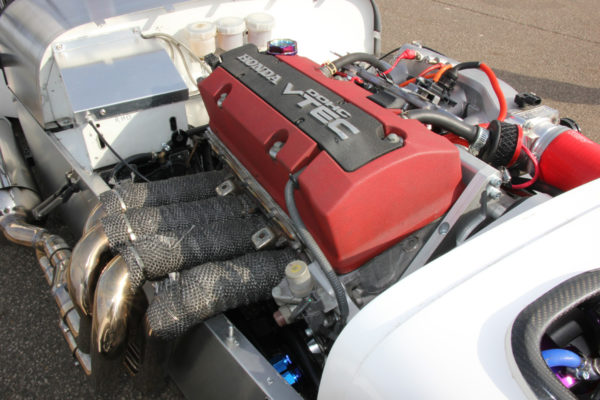
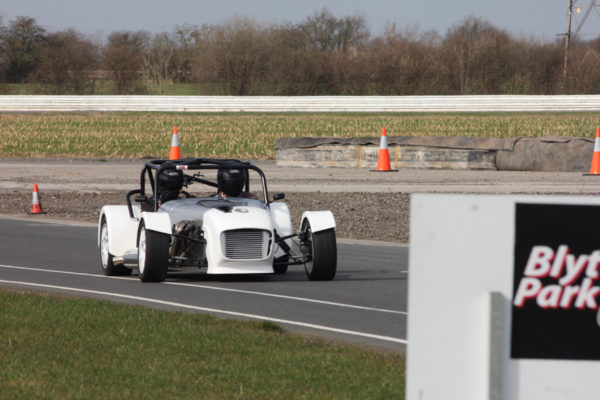
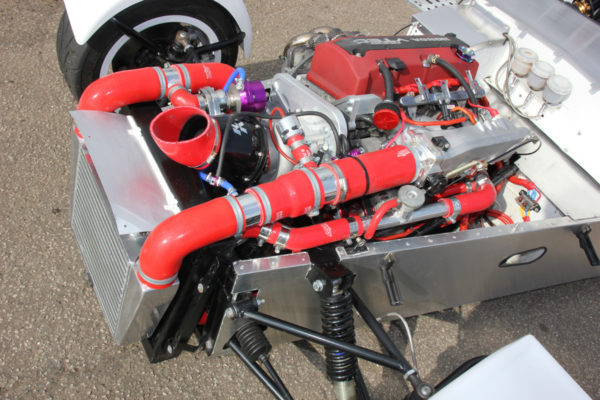
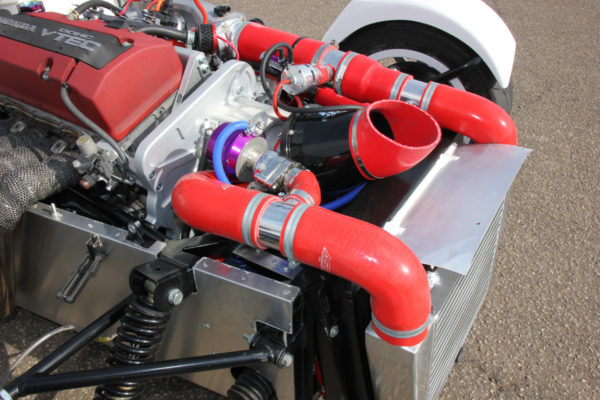
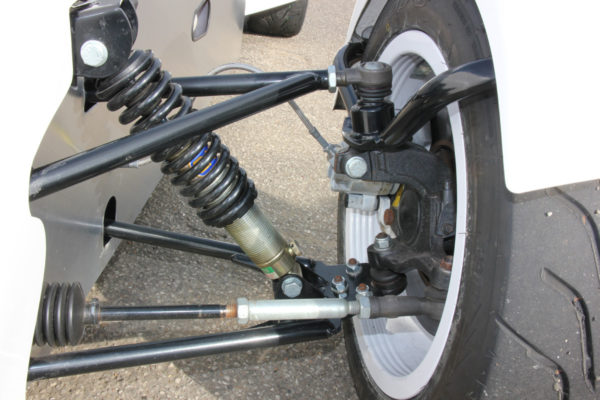
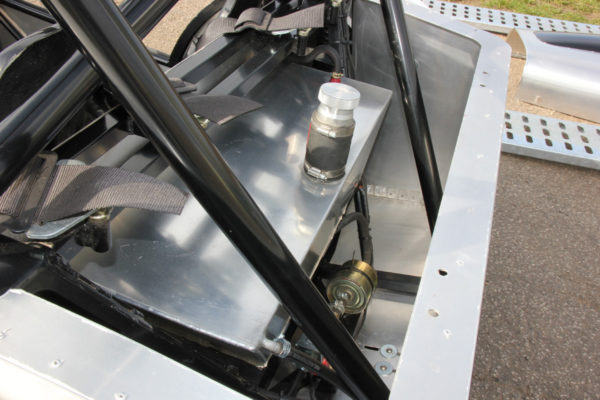
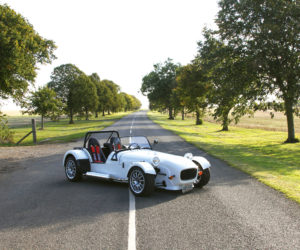
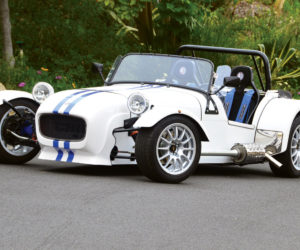




Comments for: ZERO GRAVITY
comments powered by Disqus